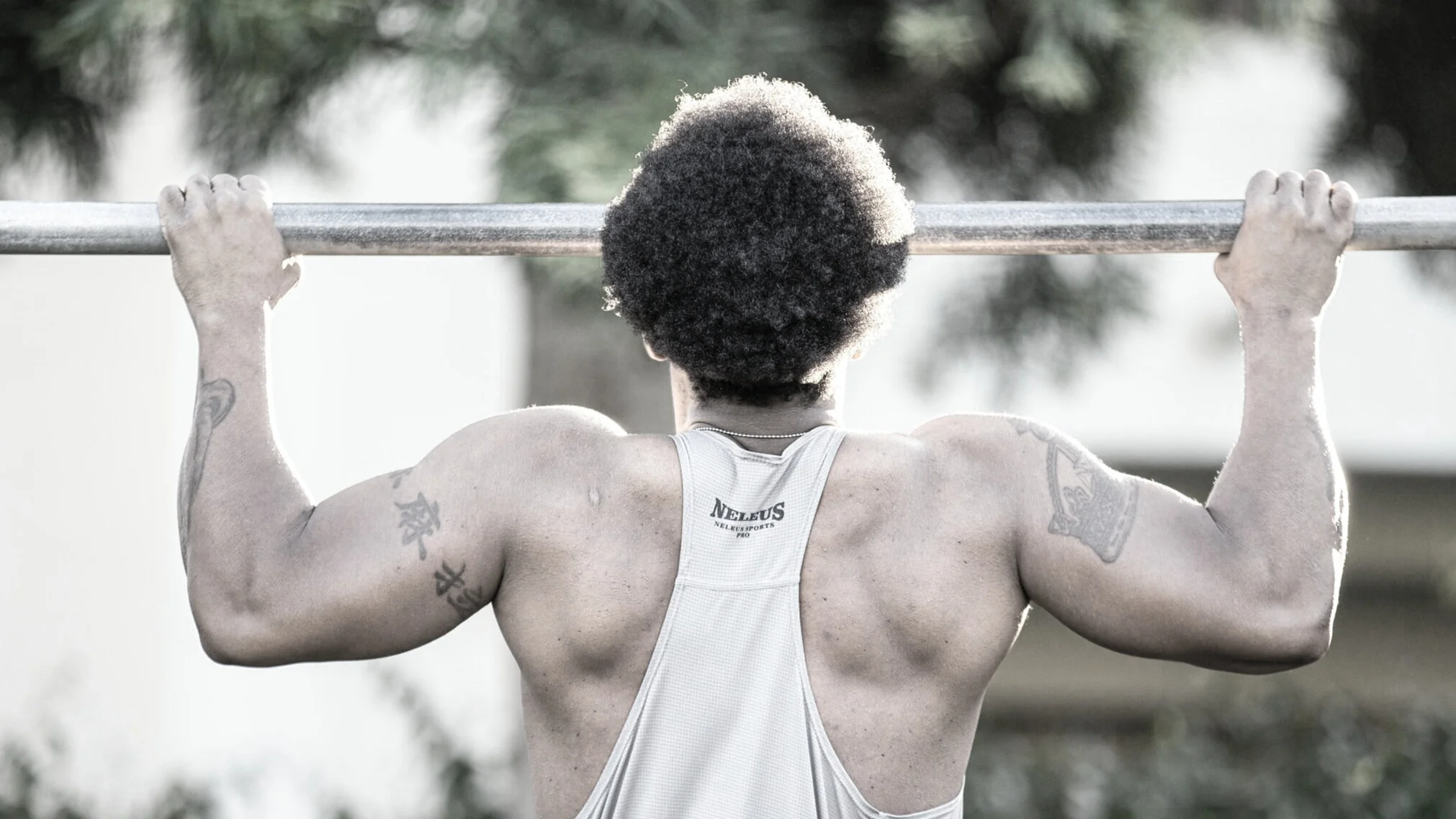Distal Biceps Tendon Repair.
Why might I need a Distal biceps tendon repair procedure?
Following a distal biceps rupture your elbow will continue to work because there are other muscles that can compensate for the job of the biceps muscle, however without an operation your tendon will not heal back onto the bone.
You may experience weakness when bending the elbow or rotating your forearm to turn the palm upward or you may find that your arm fatigues more quickly. For some people, the loss of strength is not a problem, however for younger and higher demand patients this is unacceptable. The aim of distal biceps tendon repair is to restore strength and reduce pain and cramping.
What does surgery involve?
On the day of surgery you will be admitted to the ward or surgical admission area. You will once again meet Mr Moverley who will ensure you are still happy to proceed and that you understand the risks and benefits of the procedure. This is a good opportunity for you to ask any further questions. You will be asked to sign a consent form if you have not already done so.
You will meet your anaesthetist who will explain the type of anaesthetic you will receive. Most distal biceps repairs require a general anaesthetic but can be performed under a nerve block so that the arm will be numb (and you will be awake) for approximately 12 hours post operatively.
A small incision is made over the front aspect of the forearm, occasionally for acute ruptures and for all chronic ruptures a second incision is made above the elbow to retrieve the retracted tendon. The tendon is fixed to the bone using a combination of drill holes, stitches and a metallic button. This stops the tendon pulling away from the bone. Over time your body will heal the drill holes in the bone, and the repair then knits together with your scar tissue. There are a variety of techniques that can be used, your surgeon will tailor these to the specific needs of your elbow. An example of a commonly used technique is shown here
The wounds are repaired with stitches and covered with a splash proof dressing. The wounds should be kept dry for 10-14 days.
What happens post operatively?
Immediately after surgery your arm will be in a sling, you will have a soft bandage that can be removed after 48 hours. You will be given painkillers if you are in any pain, and these will also be provided upon discharge.
A physiotherapist will assess you to make sure that you can remove and apply the sling safely. They will provide some early exercises to help prevent stiffness of the elbow.
How long is the rehabilitation process?
A sling will be provided to rest the elbow but this should usually only be used for the week or two after surgery, this to prevent long-term stiffness.
Physiotherapy is individualised to your specific needs and will progress with the following goals:
Early (1-2 weeks): Minimize post-operative stiffness with active finger, wrist and elbow movements.
Middle (2-6 weeks): Aim to progress to full active range of movement as pain allows. In some instances when the repair is tight (because of retraction) the arm can take several weeks to straighten out while the repair heals and it is important not to excessively force the arm to straighten during this period.
Late (6-12 weeks and beyond): Strengthening program once pain is starting to settle. Gradual return to all previous functional and recreation activities after 12 weeks.
How long will it be before I can…?
Drive 6 weeks
Desk job 2 weeks
Manual work 12-16 weeks
Golf 16 weeks
Racquet sport 16 weeks minimum
Contact sport 6 months
What are the potential risks and complications?
As with any operation, a small number of people may have problems after distal biceps repair. Most of these problems are quite minor and can be treated easily. The main risks are:
Infection – 1% of cases
Bleeding & bruising
Nerve injury. The biceps tendon sits close to the nerve that lifts your hand at the wrist. Care is taken during the surgery to avoid the nerve.
Elbow stiffness. There is a small risk that your elbow will not regain full movement.
Fracture of the bones during drilling
Re-rupture - The repaired tendon may re-rupture. It is important that you follow instructions regarding protecting the repair by using the sling and avoiding lifting whilst the repair heals.
Is distal biceps repair always successful?
Distal biceps repair leads to a sustained improvement in symptoms in 95% of cases with very few complications overall. While these statistics are encouraging, the results of distal biceps repair are therefore not guaranteed which is why Mr Moverley will discuss non-operative measures before proceeding with surgery.

